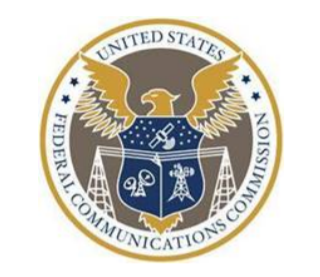UPDATE The FCC has further refined its guidance to the tower industry to protect the Northern Long-Eared Bat. A rule to reclassify the bat from being listed as threatened to endangered takes effect January 30.
Biologists say the bat is dying out due to the spread of white-nose syndrome, a fungus that kills them. Guidance from 2021 contained recommended steps for considering the potential effects that “proposed facilities could have in the bat’s range as part of an applicant’s environmental review,” wrote the Wireless Telecommunications Bureau.
The bureau provided an optional framework to applicants to streamline the bat review. Back then, the bureau indicated that if the streamlined framework applied to a proposed facility, the tower owner was not required to submit additional documentation to the Commission.
In 2021, the bureau issued further guidance on using the Streamlined Framework, Inside Towers reported. The agency directed tower applicants using the Streamlined Framework to complete the automated determination key for the northern long-eared bat through the U.S. Fish and Wildlife Service’s Information for Planning and Consultation (IPaC) system and follow the Service’s process for federal actions.
There are consequences to the Service’s final rule reclassifying the northern long-eared bat as endangered under the Endangered Species Act taking effect on January 30. The FCC says the 4(d) rule and Streamlined Framework become null and void on that date. That means a tower applicant must reinitiate consultation with the U.S. Fish and Wildlife Service for any project that is proposed or is in pre-construction status as of January 30, and that relied on the 4(d) and Streamlined Framework.
The U.S. Fish and Wildlife Service has said it’s “developing other streamlining tools to assist” applicants with consultations for the northern long-eared bat, including a “rangewide northern long-eared bat determination key” available through the IPaC. It’s also working on an Interim Consultation Framework to help “ensure that projects in compliance with the 4(d) rule are not delayed.” The Service says the “new formal consultation framework will facilitate the transition from the 4(d) rule to typical Section 7 consultation procedures for federally endangered animals, until spring 2024.”
The FCC is directing tower applicants to consult with the Service’s resources and the applicant’s respective field Service office to determine how to proceed with the consultation process for any project affected by the Service’s final rule and ensure continued Endangered Species Act compliance.
By Leslie Stimson, Inside Towers Washington Bureau Chief





Reader Interactions